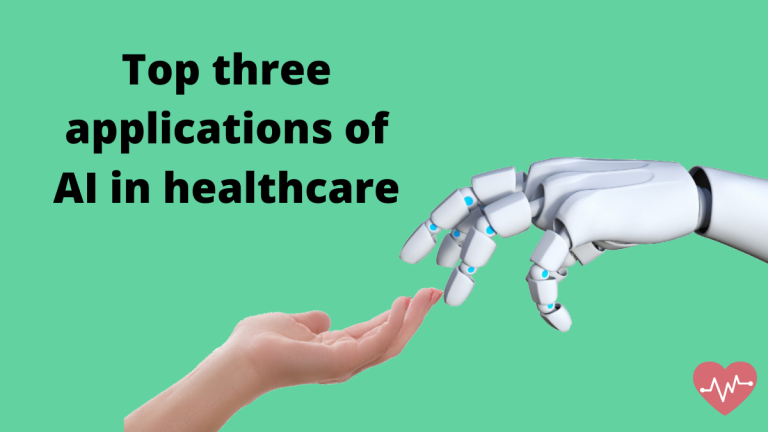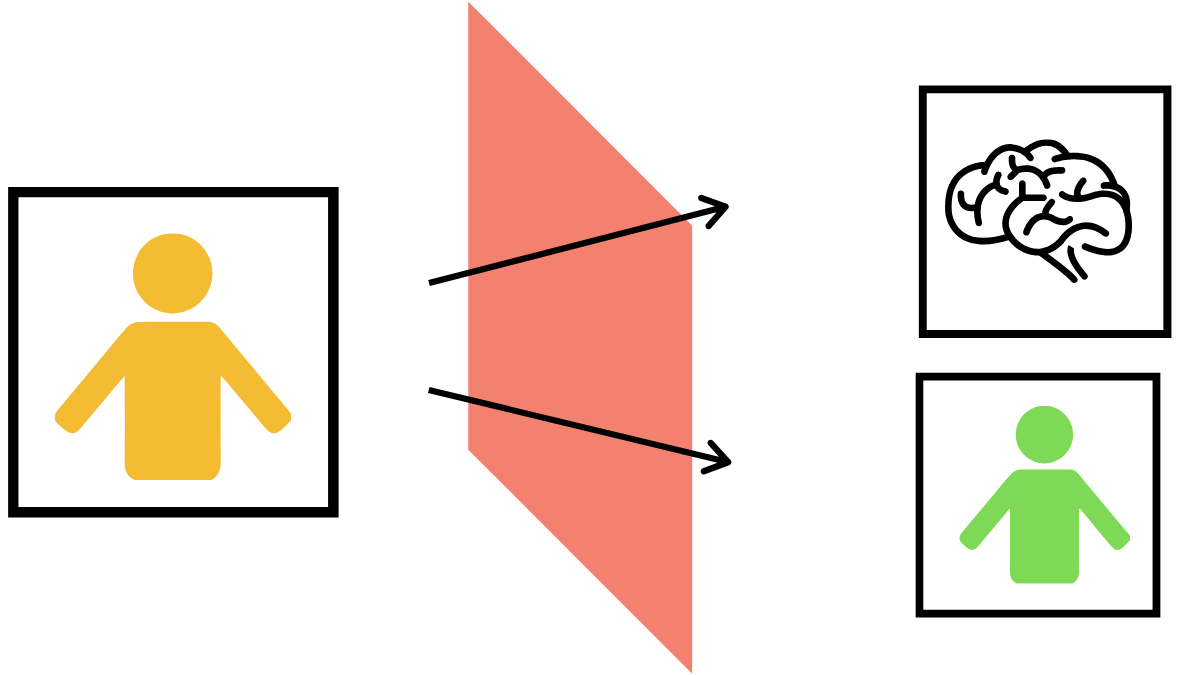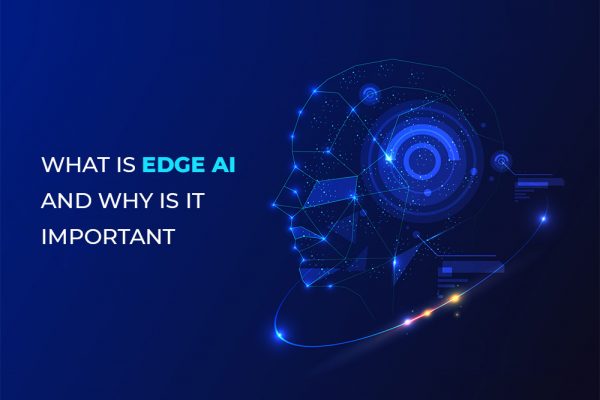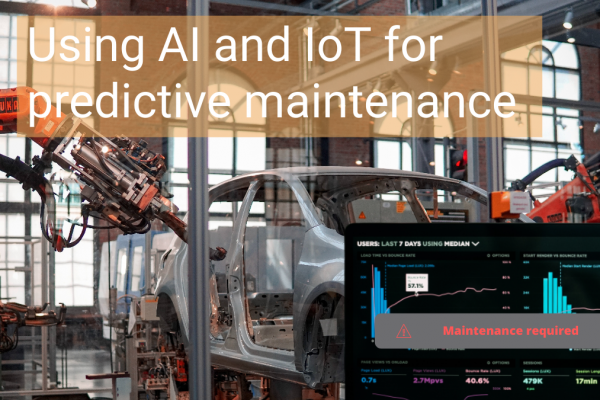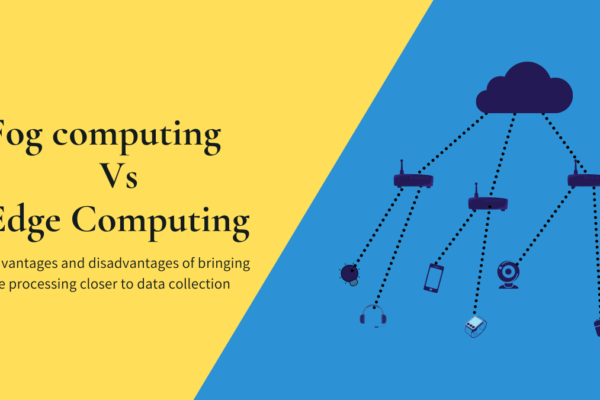With the AI revolution that is happening now, it is no surprise that it has made its way into healthcare. And because of the abundance of data available, and the necessity to make good decisions, I believe AI will have a huge impact on healthcare, if not now, definitely in the future. Let’s have a look at some of the areas AI is currently making waves in, in the healthcare sector. We’ll also discuss what we can expect in the future.
Diagnosis of diseases.
Use of AI for diagnosis of diseases may seem like a very obvious thing. Different diseases have a very sharp correlation with their symptoms, and using AI is guaranteed to make diagnosis much more efficient and accurate. AI systems can retain training data from thousands of cases for one single disease, and it can do so at a much faster pace than a human being.
Imagine a doctor with a photographic memory, able to memorise and understand thousands of cases a day. That’s what AI can do. Particularly when analysing scans or images, AI has been proven to better than doctors, often spotting early signs of cancer or other diseases way before trained humans do.
For example, an AI trained using 29,000 X-Ray images was able to detect breast cancer better than 6 radiologists. IBM’s Watson has also been making waves with its diagnostic tools, for analysing DNA sequences to identify cancers, as well as rare diseases. Diagnosing rare diseases is another key area where the sheer computing power of AI will be useful. A single doctor may not have dealt with enough cases of a very rare disease and may have difficulty identifying the symptoms. But AI can help fill this gap.
With the COVID 19 crisis, many AI companies developed screening tech, for accurately diagnosing the disease from CT scans and other data.
But does this mean that AI may replace doctors for diagnosis? Nope. Even with all of the diagnostic tools available, such as MRIs, CT scans, X Rays, and all, there is not one single tool that will tell doctors that a patient has a given disease. MRI or a CT scan may confirm a disease, but a doctor uses blood tests, biopsies and a combination of tools to come to a conclusion. Yes, an AI that analyses electronic medical records may be able to compile the results of different tests to come to a conclusion, but even then, it will only be another tool for the doctor.
Drug discovery
Developing a drug for a disease is a costly affair. Even after a disease is thoroughly understood(which itself takes a lot of resources), studying and isolating different molecules, studying how they interact with the condition, testing it on animals for safety, then testing it on humans, and finally testing the efficacy is a process that costs billions of dollars and takes ten to twenty years. And only very few of these drugs are finally proven to be safe and effective.
Imagine this, one of the earliest steps in developing a drug for a pathogen or a tumour would be to search for molecules that have high binding energy with a specific site on the pathogen or the DNA(or other molecules) of the tumour causing cells. In the wet lab, that is using traditional chemical processes, testing 100 molecules may take at least 3 months. And this may not yield any results. But with bioinformatics tools, tools that are used now, (this is not something futuristic), you can fast track this process to 5 mins or less.
What if we take it to another level?
Now, this is just at the very basic levels. Not even cellular levels, just molecular levels. A chemical that may appear promising at this level need not work in cultured cells in a lab. With advanced AI, we may expect different cellular models on which you can test these molecules. Testing all the molecules that appear promising in cell cultures is not an easy task. If we are developing a cancer drug, we have to grow cultures of the specific type of cancer in our labs, test our molecule, and see how it works. Many molecules will fail at this stage. And even if it works, it may not work in animal studies, or at later stages, in an actual human being. To put it simply, you can kill a virus or a cancer cell grown in a petri dish using a shotgun…
But with advanced AI, we may be able to develop models of cells or animals or even human beings. A digital twin. Even before moving on to actual work in a lab, with an effective digital twin, you can complete the majority of the drug discovery process while sitting in front of a computer. With this, the long drawn out expensive process of drug discovery can be shortened drastically and the resources required can be reduced to a great discovery.
Robot-Assisted Surgeries
Everyone’s familiar with robot-assisted surgeries. They’re known for their shorter recovery period, precise incisions, and their often steep price. Da Vinci, a robot approved by the FDA in 2000, uses three to four arms controlled by a surgeon to perform surgeries. In 2018, another device, developed by Preceyes B.V performed surgery on the eye.
But current systems are similar to fly-by-wire systems on an aircraft, fully controlled by a surgeon. The advantage is the reduction in tremors of the surgeon’s hands, making every movement more precise. As with current fly-by-wire systems that limit actions performed by the pilot that may damage the airframe, we can expect systems in the future that will intuitively caution a surgeon from making the wrong move, or even an autopilot system, where the surgeon simply monitors a robot performing the surgery.
But such systems will probably take years, as even fully autonomous driving is not still a reality even after years of effort and millions or billions of dollars of funding.
Even then bringing more AI into healthcare will improve the care provided, and we can be sure that is the future.
